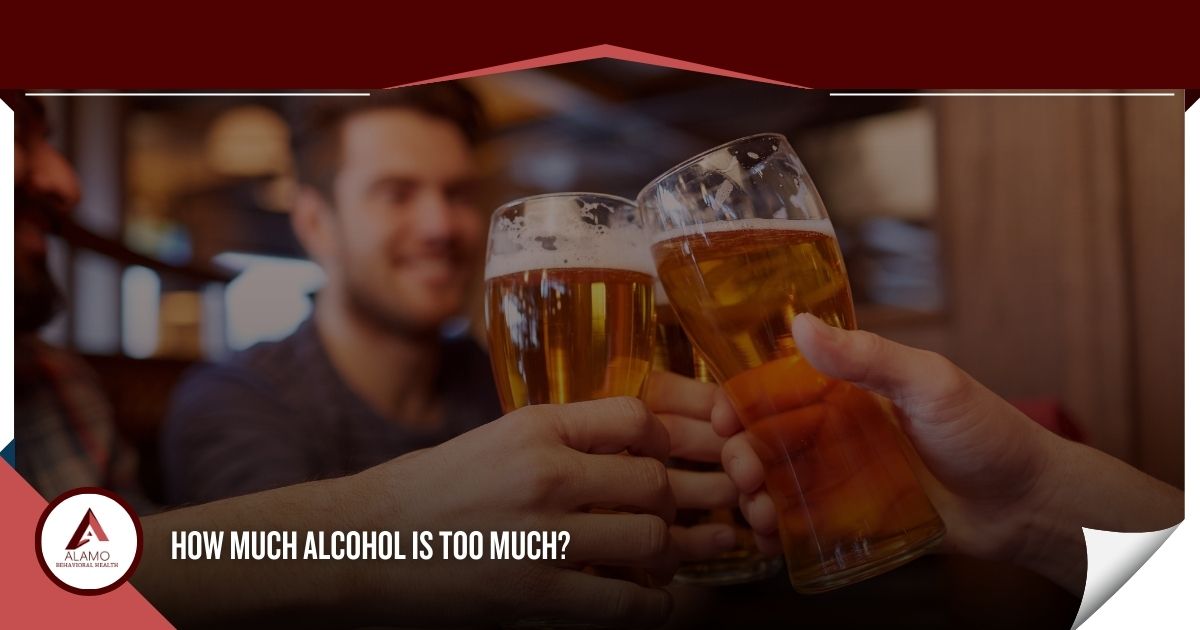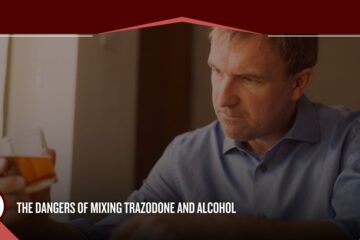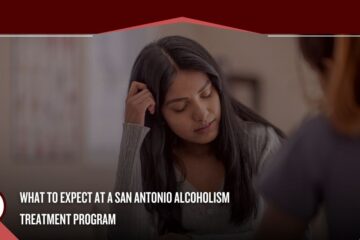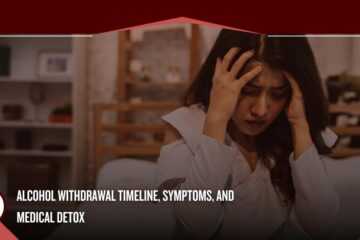Drinking alcohol is part of the culture in the United States. Drinking is legal and widely accepted in most areas of the country, and most adults report drinking alcohol at least occasionally. According to the National Institute on Drug Abuse (NIDA) alcohol is more widely used than any other drug or tobacco product, and alcohol use disorder is the most common type of substance abuse issue in the U.S.[1]
Because alcohol use is accepted and common, it can sometimes be challenging to determine when drinking patterns have crossed the line into an unhealthy habit or addiction.
Drinking too much alcohol can cause significant, sometimes life-threatening complications. It is critical to recognize the signs of alcohol abuse and seek treatment to stop drinking as soon as possible.
This article will explore excessive alcohol consumption and its effects. You will learn:
- The CDC’s definition of moderate drinking
- Possible risks of heavy drinking
- How to recognize the signs of alcohol addiction
- How alcohol addiction is treated
- Where to find treatment for alcohol use disorder (AUD)
Contact the Alamo Behavioral Health specialists to learn about our AUD treatment programs or to find support at any stage of recovery. Our intake specialists can help you find a treatment program that meets your needs and schedule an intake assessment.
How Much Alcohol is Too Much?
The Centers for Disease Control and Prevention (CDC) advises people to drink in moderation if they choose to drink alcohol. It defines moderate drinking as:[2]
- One or fewer alcoholic beverages per day for women
- Two or fewer alcoholic drinks per day for men
A “drink” is defined as:
- 12 ounces of regular beer
- 1.5 ounces of distilled spirits
- 5 ounces of wine
- 8 ounces of malt liquor
The CDC defines heavy alcohol consumption as drinking an amount of alcohol that exceeds their guidelines over the course of a week. For women, this means eight or more drinks in a week. For men, it means having 15 or more drinks weekly.
Binge drinking is another harmful pattern of alcohol consumption. The National Institute on Alcohol Abuse and Alcoholism (NIAAA) defines binge drinking as:[3]
- Four or more alcoholic drinks within 2 hours for women
- Five or more alcoholic drinks within 2 hours for men
Binge drinking can quickly raise blood alcohol levels and puts people at increased risk for accidents, injuries, and death.
Heavy drinking is associated with an increased risk of alcohol addiction. It is crucial to recognize heavy drinking and take steps to get help if you cannot reduce your alcohol use on your own.
Recognizing the Signs of Alcohol Addiction
Research from the National Institute of Health (NIH) shows that over 25% of adults in the United States reported binge drinking in the previous month, and about 6% admitted to heavy drinking in the same period.[4]
Alcohol abuse can change how the brain and body work, making it very challenging to stop drinking when you choose. Knowing the signs of alcohol addiction and seeking timely treatment is essential.
Here are some of the most common signs of alcohol addiction:
- Regularly drinking more than you planned to
- Needing to drink more to feel “buzzed” or being able to drink a lot without appearing intoxicated
- Neglecting your responsibilities, hobbies, and relationships because of your drinking
- Having legal, social, or financial trouble related to your drinking
- Hiding or lying about your drinking
- Significant changes in appearance, mood, appetite, or sleep
- Doing dangerous things when drinking, such as having risky sex or driving under the influence
- Continuing to drink, even though your drinking is harming your health, relationships, or other aspects of your life
Excessive drinking can quickly spiral into an addiction that requires comprehensive treatment. It is important to seek substance abuse and mental health treatment as soon as you recognize a problem.
What to Expect in Alcohol Addiction Treatment
Alcohol addiction treatment can help you overcome the complex underlying aspects of substance abuse. It can help you live the healthier, sober lifestyle that you choose.
Addiction treatment is available in many settings and levels of care to meet people’s different needs. Here is an overview of what to expect during treatment for AUD.
Assessment
Your treatment team will assess your needs to determine the correct level of care. The assessment may consist of lab testing, a physical exam, and questions about your alcohol use and health.
Detox
During detox, your team will monitor alcohol withdrawal symptoms and provide treatment to keep you safe and comfortable. Your treatment plan may consist of:
- Medications to manage withdrawal symptoms
- Emotional support
- A safe, secure environment
- Round-the-clock access to medical and mental health care
- Exercise, mindfulness, nutrition support, and other holistic therapies
The care you receive during detox will help you safely stop drinking and prepare you for further treatment.
Treatment
You will follow a specialized treatment program to meet your needs. You may attend inpatient or outpatient rehab. Many people begin recovery in an inpatient setting before transitioning into outpatient care.
Your treatment plan may include:
- Individual counseling
- Group and family therapy
- Medications
- Mental health treatment
- Relapse prevention education
- Coping skills
- Holistic therapies
- Aftercare planning
After completing a treatment plan, you must develop and follow an aftercare plan that includes mental health care, medical treatment, 12-step meetings, and other forms of support.
Find Treatment Now
If you or someone you love struggles with alcohol abuse or addiction, effective treatment is available at Alamo Behavioral Health. Take the first step of your recovery journey by contacting us to learn about our alcoholism treatment programs.
References:
- National Institute on Drug Abuse (NIDA): Alcohol
- National Institute on Alcohol Abuse and Alcoholism (NIAAA): Alcohol’s Effects on Health
- National Institute of Health (NIH): Understanding Binge Drinking




